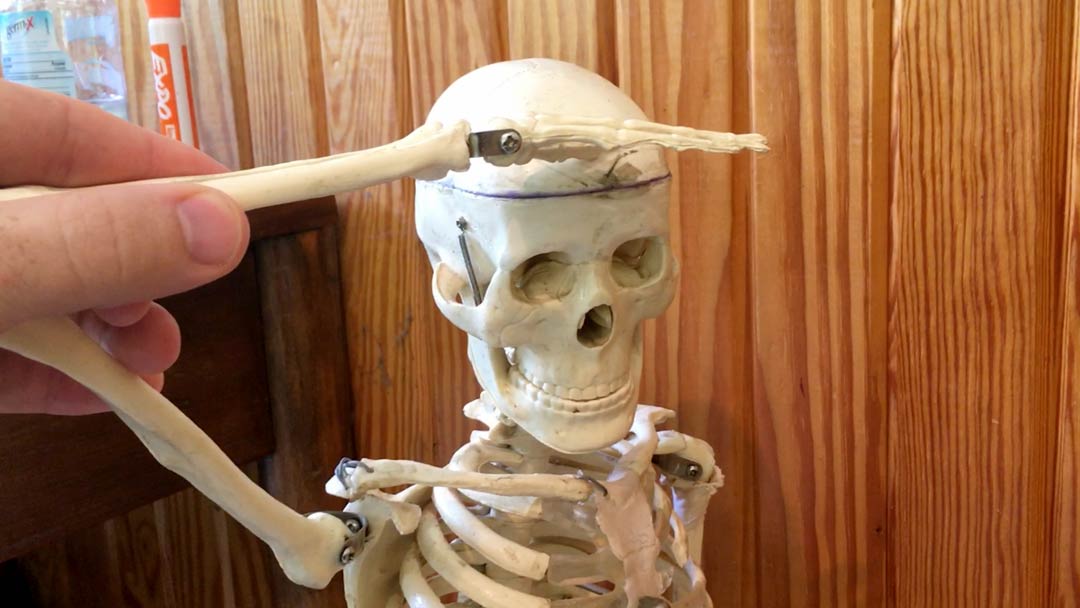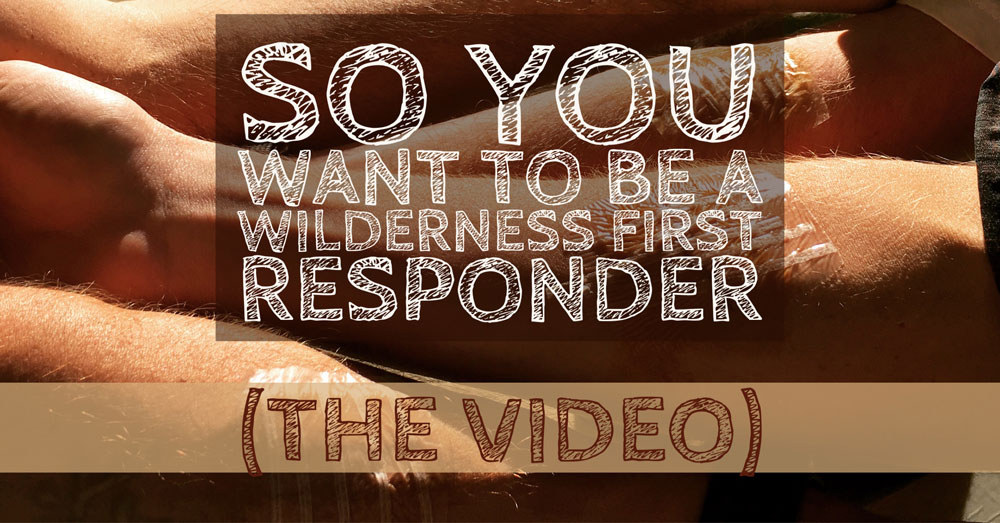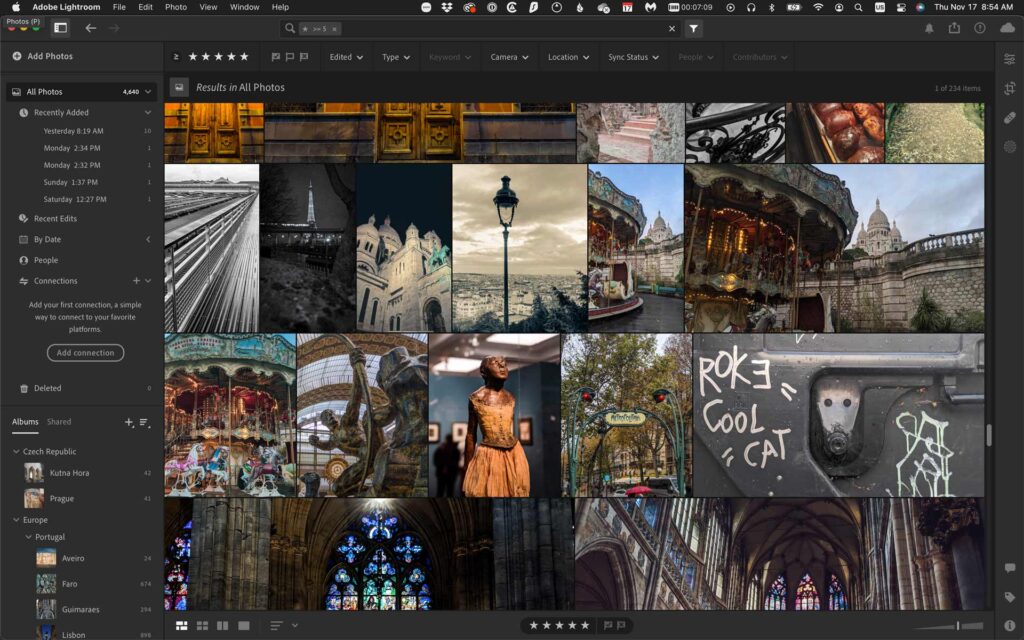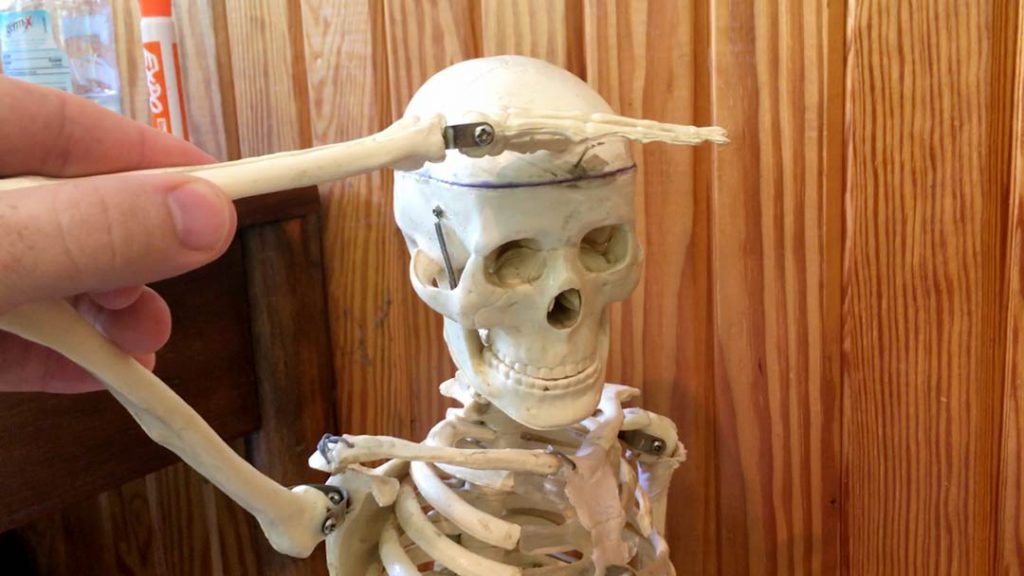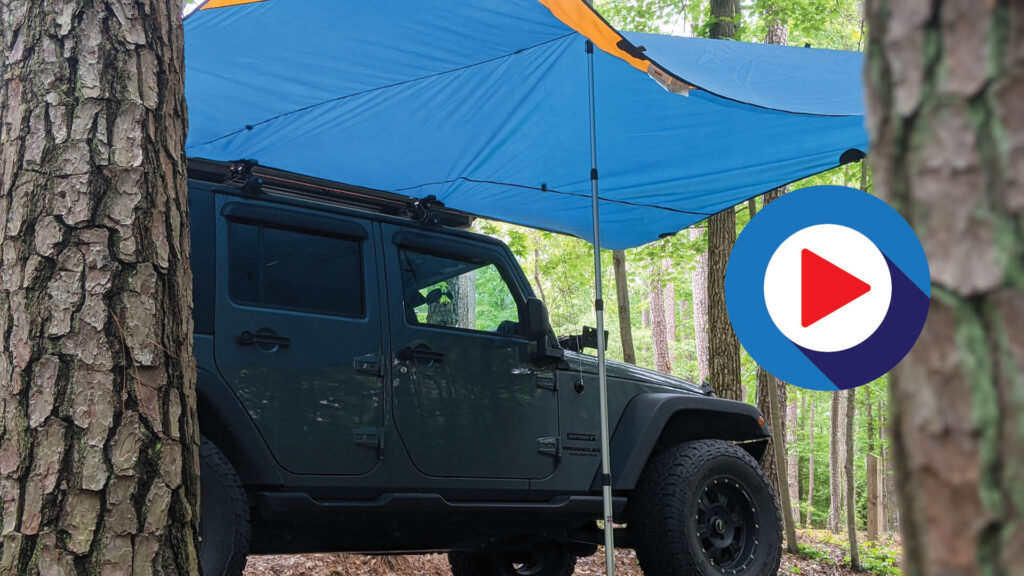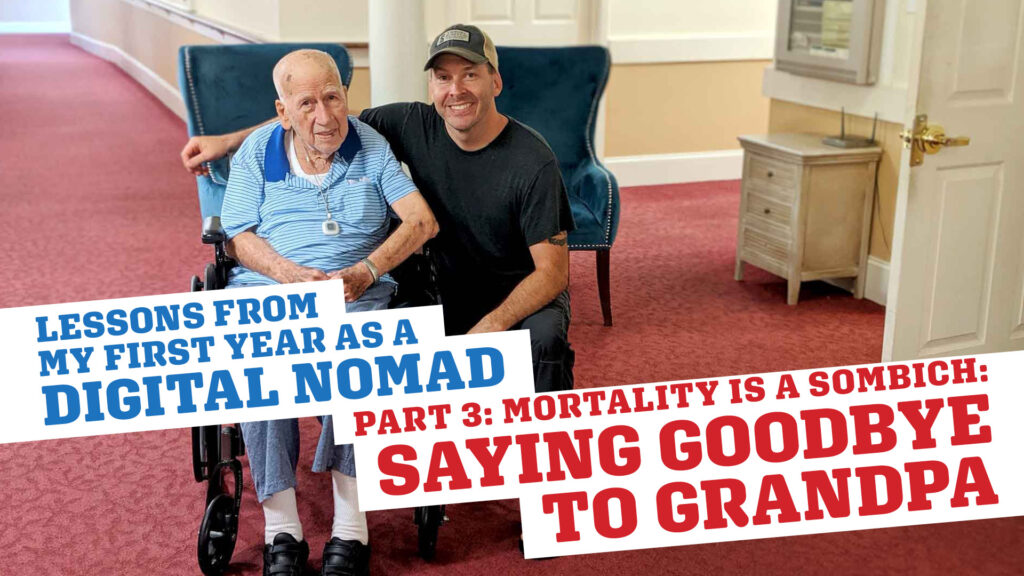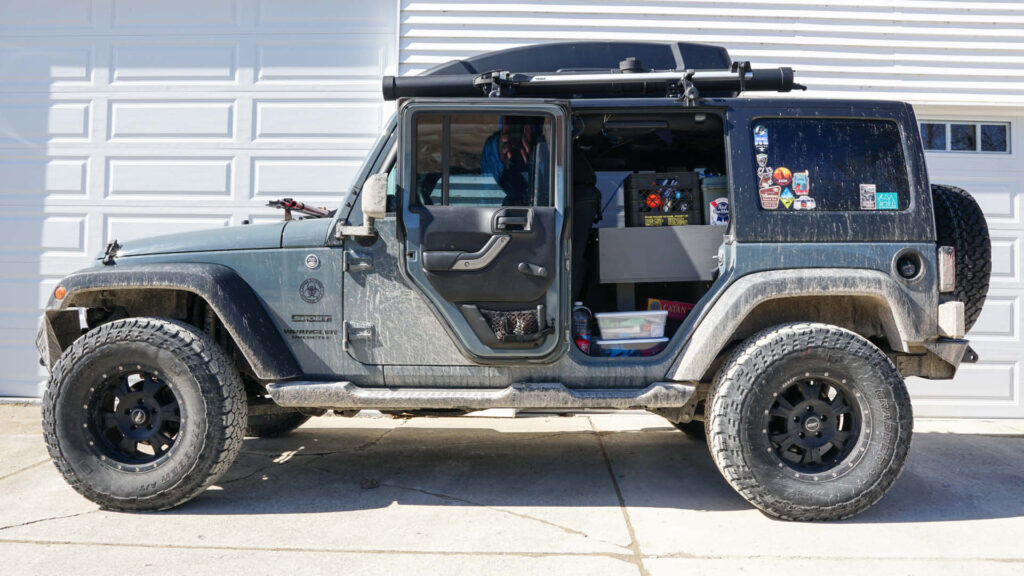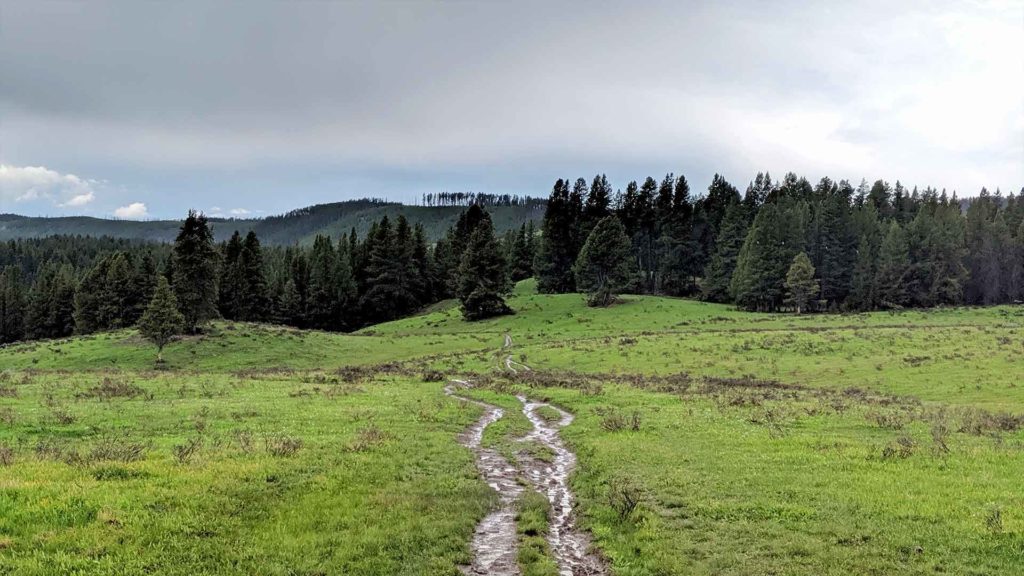So You Want To Be A NOLS Wilderness First Responder? Part 2: “I Just Got Chainsaw Certified.”
The First Rule Of Wilderness First Responder Training Is That You Don’t Talk About Wilderness First Responder Training
But we covered that in Part 1, so let’s keep rolling! I was finally at the Landmark Learning campus in western North Carolina, heading past all of the rad vehicles my classmates made the trek with. Walking past the tent platform, plenty big enough for up to a dozen or so tents, passing the cooking nook and picnic tables, hunkering down at my chosen table for my baptism into the wonderful world of Wooferdom. Did I mention that NOLS Wilderness First Responders, or WFRs, are often referred to as “Woofers” for short. Yeah. Bonus!
Our two instructors wasted no time hitting the introductions and trying to get everyone acquainted, no doubt so that we could dig into the deep curriculum as soon as possible.
More Articles In This Series:
Part 1: There Will Be Blood
Part 2: “I Just Got Chainsaw Certified”
Intermission: Everybody Poops…
Part 3: Enter…the Sneak E Squirrel
Part 4: Testing the Mettle
Credits: “Just Let Them Pass Out…”
Join the email list to stay in the loop on new releases!
This site participates in the Amazon Services LLC Associates Program and other affiliate programs and may earn from qualifying purchases. You’re never charged more, but it helps out little by little! Check out “Privacy” in the top menu if you need to know more!
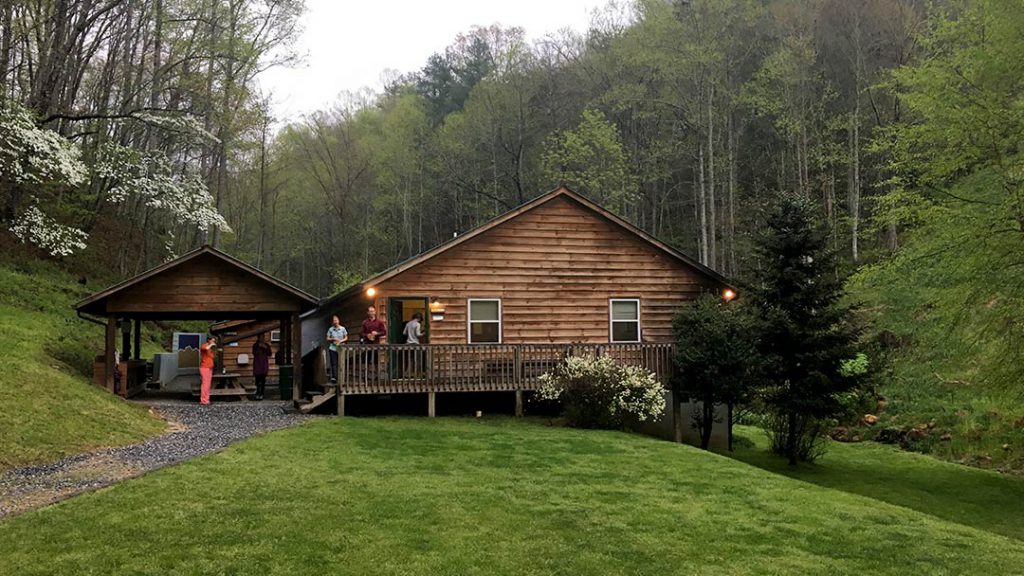
This Wilderness First Responder Course Came With Some Serious Weight!
17 classmates, 3 badass instructors, 1 classroom, 9 days of 80 hours of instruction, half in the class and half in various levels of wilderness. Bring it. Although the folks in my class did err towards the outdoor type—many having industry jobs—there were plenty that fit into a more “civilian” category. My Wilderness First Responder class included students from many different backgrounds and walks:
- A late 20s married couple that just quit their jobs to travel the US and Canada for a year via their tricked out pickup
- 2-3 mid/late 20s rafting or river guides heading to Colorado and Alaska to take new seasonal jobs
- 1 30ish environmentally-friendly farmer
- 1 late 30s career graphic designer looking at a new chapter of travel and adventure (you guessed it, that one’s me!)
- 1 mid/late 20s Blue Ridge Parkway Interpretive Ranger & theatre performer
- 2 gentlemen in the second half of their lives who just thought it would be a “good tool to have”
- 1 late 20s/early 30s outdoor buff that currently works in the landscaping field
- 1 low 30s minister planning to move his family to Africa in the next year or so
- A handful of other variously aged folks from various walks and backgrounds
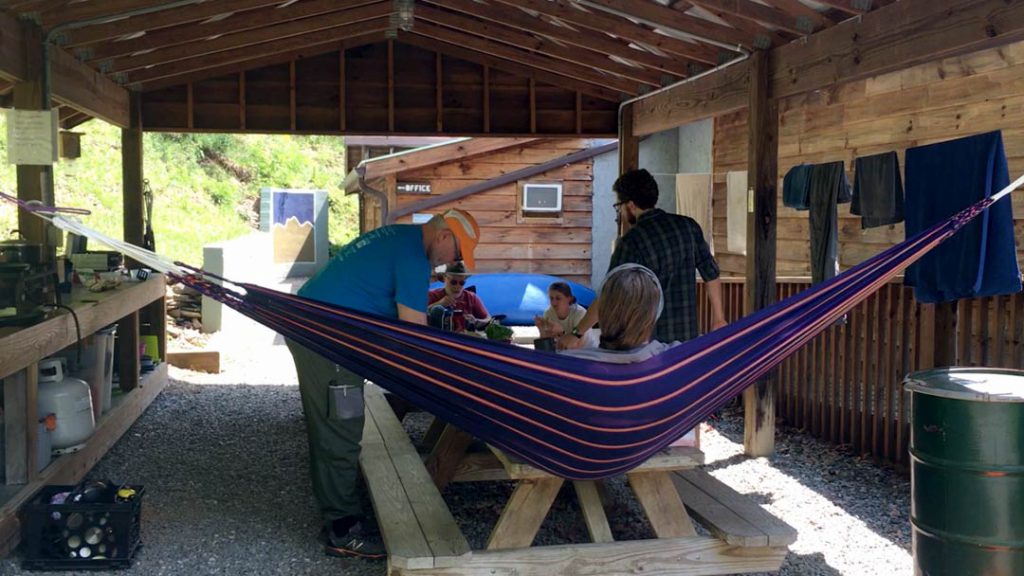
Our Wilderness First Responder Instructors Were Pretty Much Backcountry Badasses
Their backgrounds included exploits like EMS certifications, hiking the entire Appalachian Trail, working for Outward Bound, NOLS, and tons of other outdoor exploits you need to make our bunch of Woofer wannabes feel warm and fuzzy about being at their mercy for the next 9 days. One had even just gotten “chainsaw certified”. Yeah. That’s pretty badass.
Just a side note, this particular course at Landmark Learning was 9 days, whereas most NOLS WFR courses are 10 days with a break day in the middle. Not gonna lie, many of us were really wishing we had that rest day to catch up on classwork, study, or just to decompress a bit!
“I just got chainsaw certified.”
One of our instructors
Connect & Share This Article
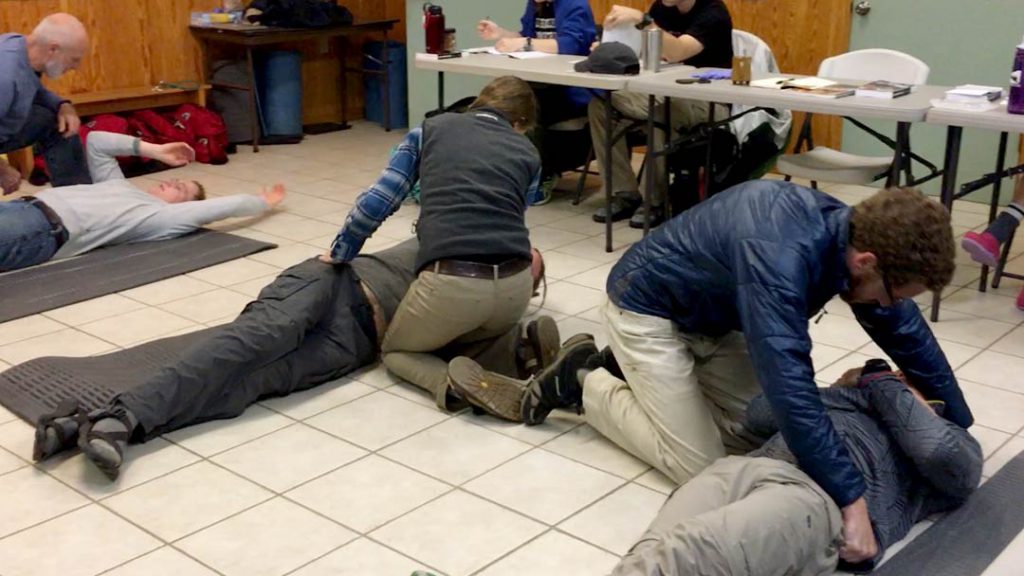
Sh*t Gets Hot And Heavy Quick!
So if you think that this NOLS curriculum is going to be a walk in the park, you’re barking up the wrong tree. I actually called to ask some questions before I signed up for the course about the course book, class, etc., and they told me not to worry, they “would supply the course book and workbook on the first day of class”.
Well, let’s just say I’m glad I’m chronically over prepared and generally super freaked out about failing at stuff.
I already had the course book in my hands when I was on that call, and I was planning to have the whole 320 pages read before the class began. And I’m glad I did. On day one of our Wilderness First Responder class they gave me another copy of that book along with another 120-page workbook that would essentially be our daily guide through the course.
The latter was full of helpful illustrations and whittled down information from the big book. It was great for taking feverish notes during all of the class instruction.
So Back To The Hot And Heavy…
Our Wilderness First Responder instructors did not hesitate to throw us to the wolves. Immediately after handshakes and high fives they started dropping intense amounts of knowledge bombs on us. And this is medical jargon, and acronyms out the wazzoo.
If you’re a layperson with no medical background (like me), it’s much harder to wrap your head around things!
Within the first couple hours of class we had already uncovered and delved into the Patient Assessment System and a mock scenario our instructors put on to show us just exactly the basis of what we would be learning for the next 9 days. That was the “easy” part. The hard part was all of the knowledge and nuance for different situations that came with the remainder of the instruction.


READ NEXT: Jeep Wrangler Upgrades & Accessories to Make Your Jeep Life Fun as Hell!
Sleep in A Jeep Wrangler!? JKU Bed Platform & Storage Step-By-Step How To Build It
Travel Medical Insurance, Pre-Existing Conditions, & Type 1 Diabetes
Day One Of Wilderness First Responder Training
On day one we learned things like the Patient Assessment System (PAS) and the initial stages of approaching a scene of an injury or the like in the wilderness. We learned that the spine is kind of a big deal, and that we would spend the next 9 days learning how to protect that at all costs after a possible spine injury.
We learned various body roll techniques, or essentially how to get a hurt or unconscious person moved around, safely. Our Wilderness First Responder instructors also taught us a sh*tton of new medical jargon and tidbits that seemed to have more than a head or two wanting to explode by day’s end. Enter the acronyms.
Day 1 NOLS Wilderness First Responder Curriculum Quick Hits
Acronyms, Acronyms, Acronyms
The Patient Assessment Triangle
Patient Assessment System (PAS)
SAMPLE
Patient History
Immediate Life Threats
Normal Adult Vital Signs
Rollin’, Rollin’, Rollin’

Be Ready For Rain And Adverse Conditions
Depending on where you take your Wilderness First Responder course, you’re also choosing your fate sofar as the weather conditions you may deal with. Because these folks are all about the “rain or shine”, since in mother nature and in the backcountry, you don’t get to choose when accidents happen.
And let’s be real, they’re more likely to happen when conditions are adverse anyway. So our forecast called for about 5 out of 9 days of rain, some very heavy at times, and we had to work right through it on occasion.
“Vomit in the Lungs?
You’re probably gonna die…”
Day 2 NOLS Wilderness First Responder Curriculum Quick Hits
SOAP Notes
Spinal Injuries
Focused Spine Assessment (FAS)
Body Elevation And Movement
Types of Shock
Categories of Shock
Lungs and Pulmonary Conditions
Rollin’, Rollin’, Rollin’
READ NEXT: Meet My Friend…Dr. Watts. My Goal Zero Yeti 400, Hacked 1200W Power Setup
Essential Hiking, Backpacking & Camping Gear
After The Classroom Dust Settles, It’s Time To Get Cooking!
After class time for the day there is usually a mad rush for the fridge, food shelves, and the community outdoor cooking area. That’s also where most of the socializing at Landmark Learning takes place, since it’s so chill and comfortable. There are two picnic tables, counter space for 5-6 people to cook alongside of each other easily, two hammocks, and room for more seating.
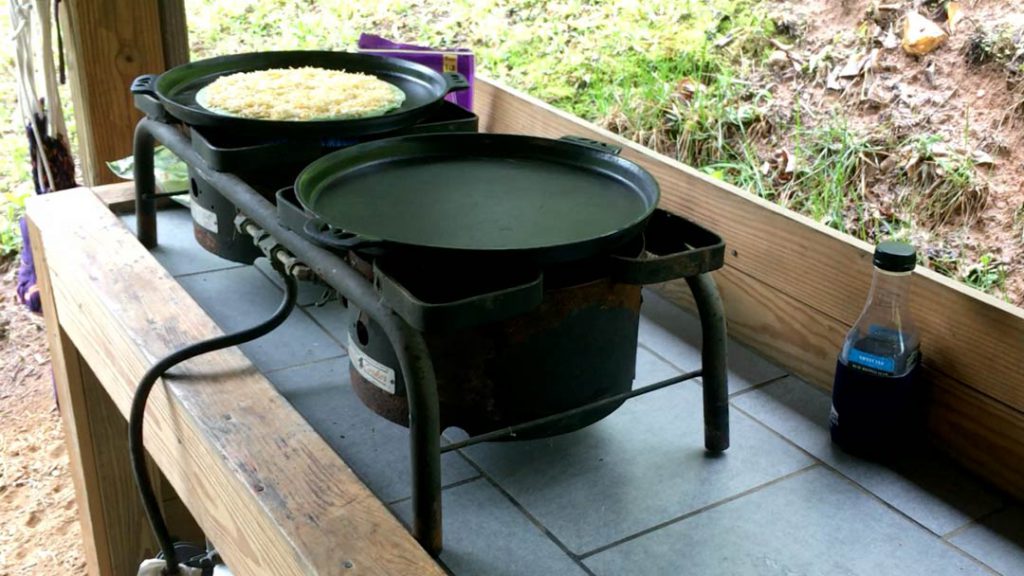
This was definitely the icing on the cake after a hard day of class time and outdoor Woofer scenarios. It allowed a bit of chill before people either crashed for the night (sometimes as early as 7:30, admittedly…) or hunkered down to study the day’s notes.
Day 3 NOLS Wilderness First Responder Curriculum Quick Hits
Musculoskeletal Injuries
Traction-in-Line
Splinting
Head Injuries
Splinting
Dislocations
Splinting…
On to Part 3:
Enter the Sneak E Squirrel!
More Articles In This Series:
Part 1: There Will Be Blood
Part 2: “I Just Got Chainsaw Certified”
Intermission: Everybody Poops…
Part 3: Enter…the Sneak E Squirrel
Part 4: Testing the Mettle
Credits: “Just Let Them Pass Out…”
Cheers!
— Jason
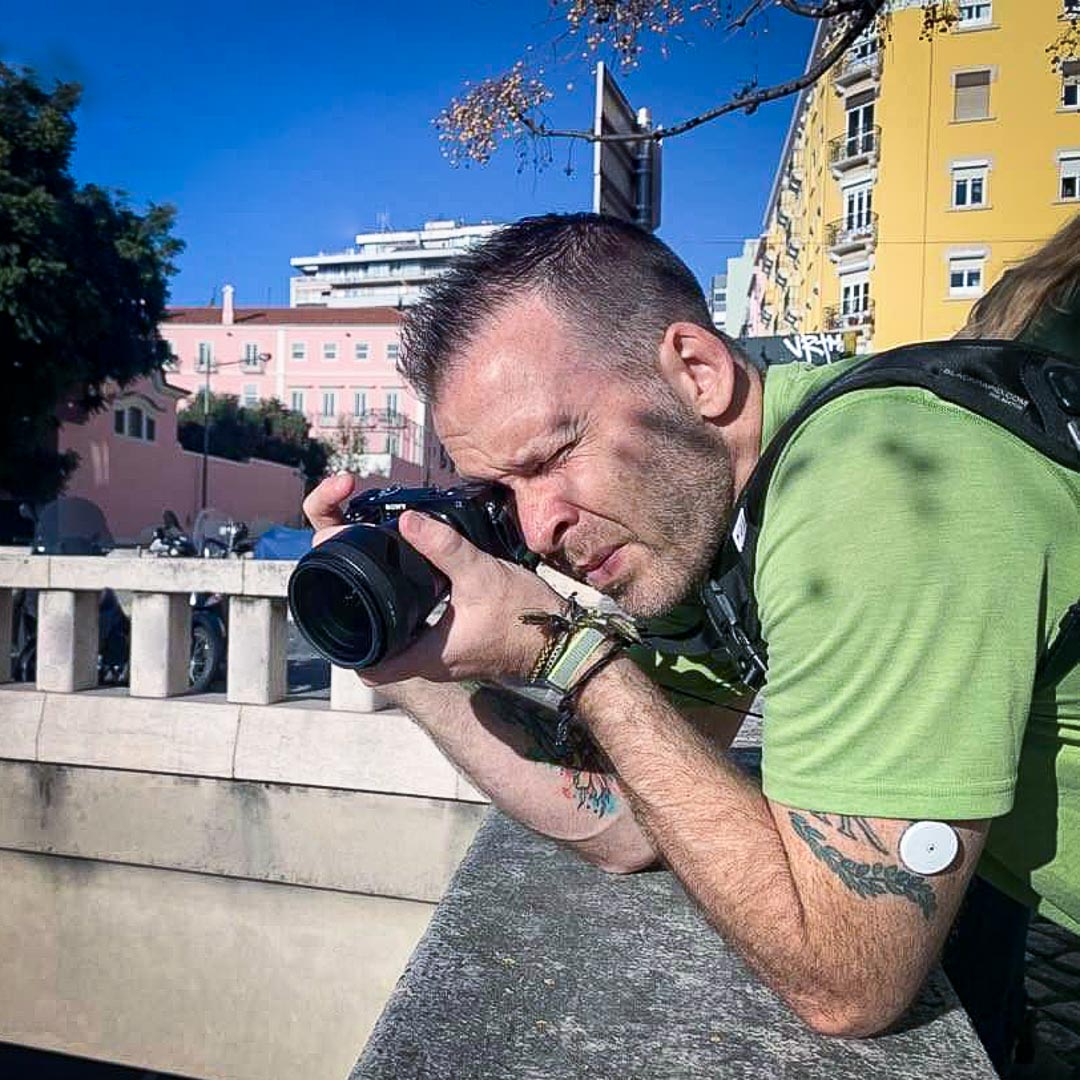
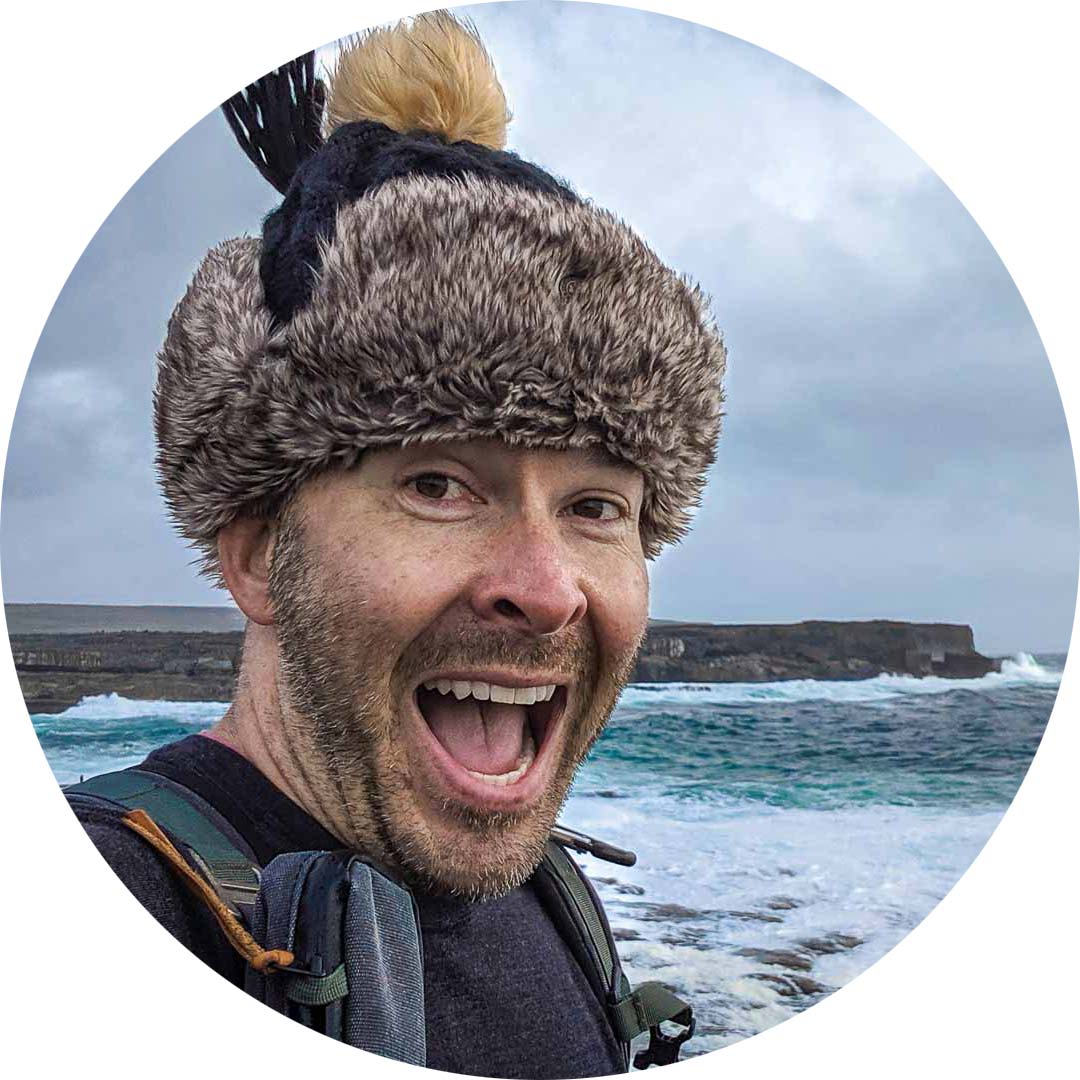
About Jason Robinson
Jason is the author of “The Beginner Traveler’s Guide To Going Nomad,” as well as the voice behind the words and the eye behind the lens for The Nomad Experiment. “Planning to travel at some point” wasn’t actually getting the job done, so nearing 40 he decided to make it a priority, nomatter how scary that was. A few years later—through the pandemic and a type 1 diabetes diagnosis at age 42—now living a life of nomadic travel, he’s speaking out to encourage others of any age, or with any serious medical diagnosis, to live an unconventional life.
Travel Planning Tips
Figure out where you are going & how are you getting there…
I suggest using at least 2 to 3 different travel search sites. Start with Skyscanner or Orbitz or Booking …or whatever aggregator site you prefer. Then when you see what airlines to use, check their respective sites for better deals or rewards flights.
Figure out where you’re going to stay…
If you’re interested in hostels, search Hostelworld or Hostelling International. For longer-term or more private digs, look at Airbnb, VRBO, or you can look for hotel rooms in the links from the search engines listed above.
Get comprehensive travel insurance, or in the least, travel medical insurance if internationally…
Especially with Covid not going anywhere, get covered. Start with an insurance aggregator like Insure My Trip, or with SafetyWing, World Nomads, or another. Then decide what is important to you; trip cancellation, baggage coverage, medical, or all of the above. And get a yearly evacuation plan, since you’ll have to get home after your emergency!
Need more resources? Click here!


